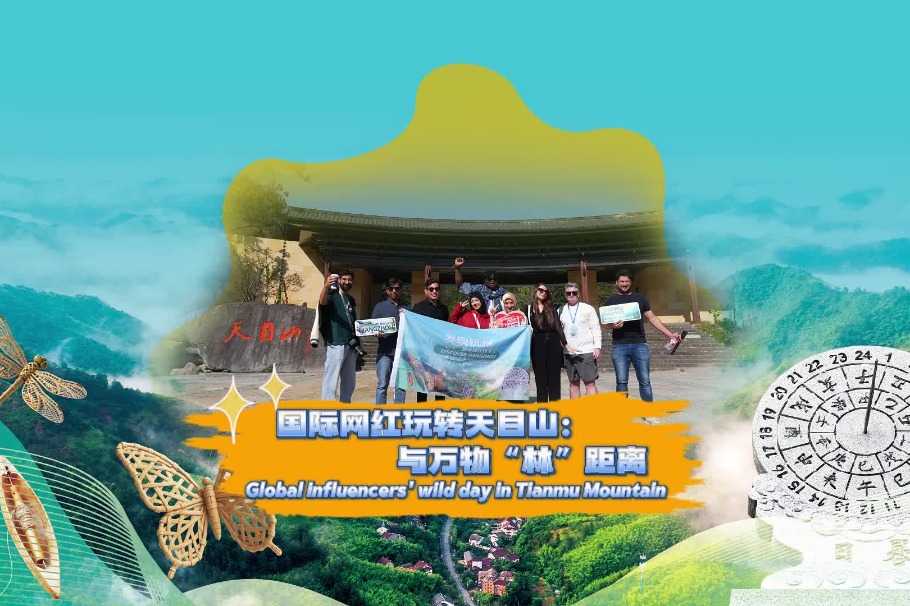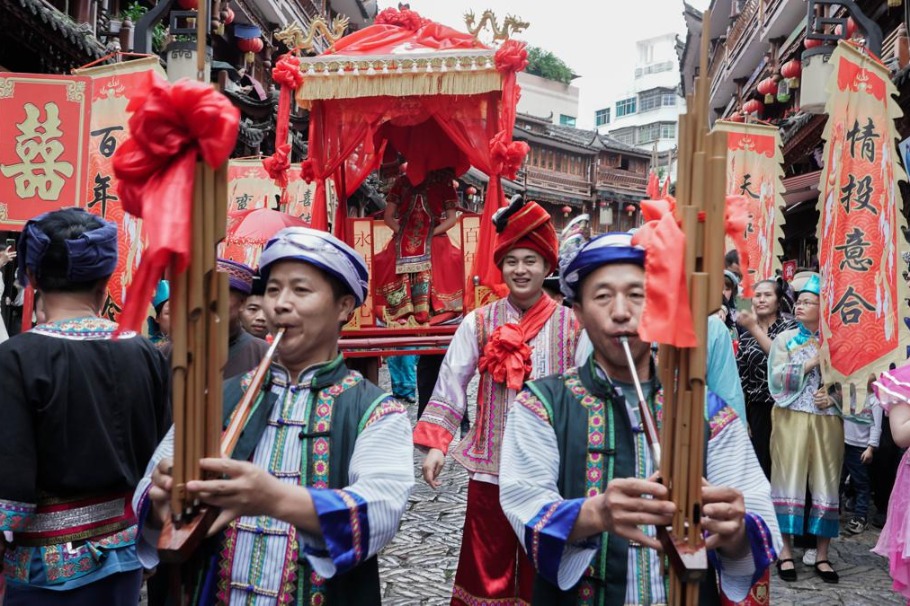Standard to enhance seismic protection for museums

China is spearheading the creation of the world's first international standard for protecting museum collections from earthquakes, marking a significant step in the global effort to safeguard humanity's cultural heritage and highlighting the country's growing role in setting preservation benchmarks.
The initiative was launched at the inaugural annual meeting of the International Organization for Standardization's Technical Committee 349 on cultural heritage protection, held in Beijing in September.
The committee itself, proposed by China and approved in March last year, is the first of its kind in the ISO's history since 1947. It is supported by a broad international membership, comprising 32 participating member countries and 16 observer member countries. Reflecting China's foundational role, the committee's secretariat is hosted by the Palace Museum in Beijing.
A working group will develop the standard, titled "Cultural heritage conservation — Seismic protection of museum collections — General principles and requirements".
Ge Jiaqi, director of the key research base for the seismic protection of cultural relics and chief scientist at the China Aviation Planning and Design Institute, has been appointed as its convenor.
At a subsequent conference organized by the National Cultural Heritage Administration in October, Ge outlined an ambitious roadmap. "Our plan is to lead the completion of the seismic protection of museum collections' series of international standards during the 15th Five-Year Plan (2026-30)," Ge said.
This push for global standards is backed by over a decade of domestic experience and proprietary research from Ge's team. Their work during the 14th Five-Year Plan (2021-25) tackled core challenges in preserving ancient brick-and-stone structures.
The methodology draws on the team's expertise in aerospace and defense engineering, applying cross-disciplinary knowledge from seismology and structural mechanics. It has proven effective in real-world conditions.
Under the National Cultural Heritage Administration's deployment, Ge's team has implemented seismic protection for nearly 20,000 artifacts across more than 20 museums in the country's earthquake-prone regions. During a magnitude 6.2 earthquake, 1,245 protected artifacts in three museums survived entirely undamaged, validating the approach.
The urgent need for such a standard is clear, as many of the world's ancient civilizations are located in or near major seismic zones. The working group has already attracted experts from nine countries, including the United States, the United Kingdom and Italy.
In his opening address at the September meeting, Rao Quan, head of the National Cultural Heritage Administration, emphasized the global mission. "Cultural heritage is the precious wealth of all humanity ... As the initiator and the secretariat of ISO/TC 349, China will continue with an open and inclusive attitude to work with all countries," he said.
The conference yielded significant progress, resolving that five new international standard proposals put forward by experts from various countries would enter the voting process. Among these are three proposals from Chinese technical experts, covering the classification of diseases in ancient murals and silk textiles, and the scientific characterization of ancient ceramics.
Wang Xudong, chairman of ISO/TC 349 and head of the Palace Museum in Beijing, said the committee aims to provide a platform for in-depth exchanges and experience sharing. "We will work with global partners to develop more advanced and applicable international standards," Wang said.
This sentiment was echoed by Anna Caterina Rossi, technical program manager from the ISO Central Secretariat, who acknowledged China's solid foundation in cultural heritage standardization. The committee aims to gather global consensus, share best practices and jointly advance international standards for preserving the world's shared cultural legacy.





































